THALIS: TRADITIONAL DIETARY TREATMENT TO TASTE AND HEALTH
THALIS: TRADITIONAL DIETARY TREATMENT TO TASTE AND HEALTH
Serving a platter of different regional varieties of favourite dishes across India, capturing every essence from their kitchen is the Indian Thali. There is no better way to know the country and its varied cultures than to eat a traditional thali. Thalis are a feast for the senses with their colorful, vibrant, aromatic, and delectable taste and appearance. They are nourishing and comforting that could guarantee a smile on your face when your chips are down.
Thalis are broadly differentiated as North Indian and South Indian, with the distinction in the varieties served on the platter, typically a banana leaf. Different preparations in a typical South Indian thali are placed from left to right, with rice at the centre of the banana leaf or thali.
Interestingly, the history of the small bowls of portioning we see in today’s thalis can be traced to the Vedic times. For example, a soldier’s thali had more proteins and carbohydrates with bold flavours that were supposed to induce vigour during war, whereas light dishes and subtly flavoured sweets took their place during peacetime.
Irrespective of the region it comes from, every thali has pickles and chutneys for two reasons: one, to add flavor and two, they aid digestion. Spicy chutneys act as a foil to mild dishes and sweet chutneys do the same to spicy dishes.
Most Indian thalis have palate cleansers such as the cabbage salad or ripened papaya or coconut meat with mint that help diners experience flavours better and also negate the need to drink water, which is said to impede digestion during a meal.
The portion size of a certain dish in an authentic thali depends on the composition of the food and its effect on the three biological energies found throughout the human body — vatta, pitta and kapha. Pickles are high on vitamins and antioxidants, and works on the principle that less is more.
All Indian thalis are highly seasonal and local and display popular, indigenous cooking techniques such as steaming, fermenting, grilling, deep frying, baking, smoking, boiling to name a few. The other common factor among thalis is the use of ghee that helps digest food and build immunity while lending a rich aroma to the dish.
The concept of dessert didn’t exist in India but was borrowed from colonial rulers. The last course was either paan or betel leaf with accompaniments to freshen the breath and also hasten the process of digestion. Sweets, usually made of jaggery, nuts and millets or flour were served right before a meal. These sweets helped in filling one up until the time food was laid out and prevented overeating to a certain extent.
The inclusion of fritters wasn’t just for the sheer taste but to introduce variety, texture and new ingredients that preserved a good amount of their natural nutrients. Traditional frying was to get the oil so hot that it purely evaporates the moisture in the food, and in doing so, cooks it without losing much of the nutrients.
We at Amma’s South Indian Restaurant look upon with favour the flavours of South India, and we cordially invite everyone to experience the delight!




